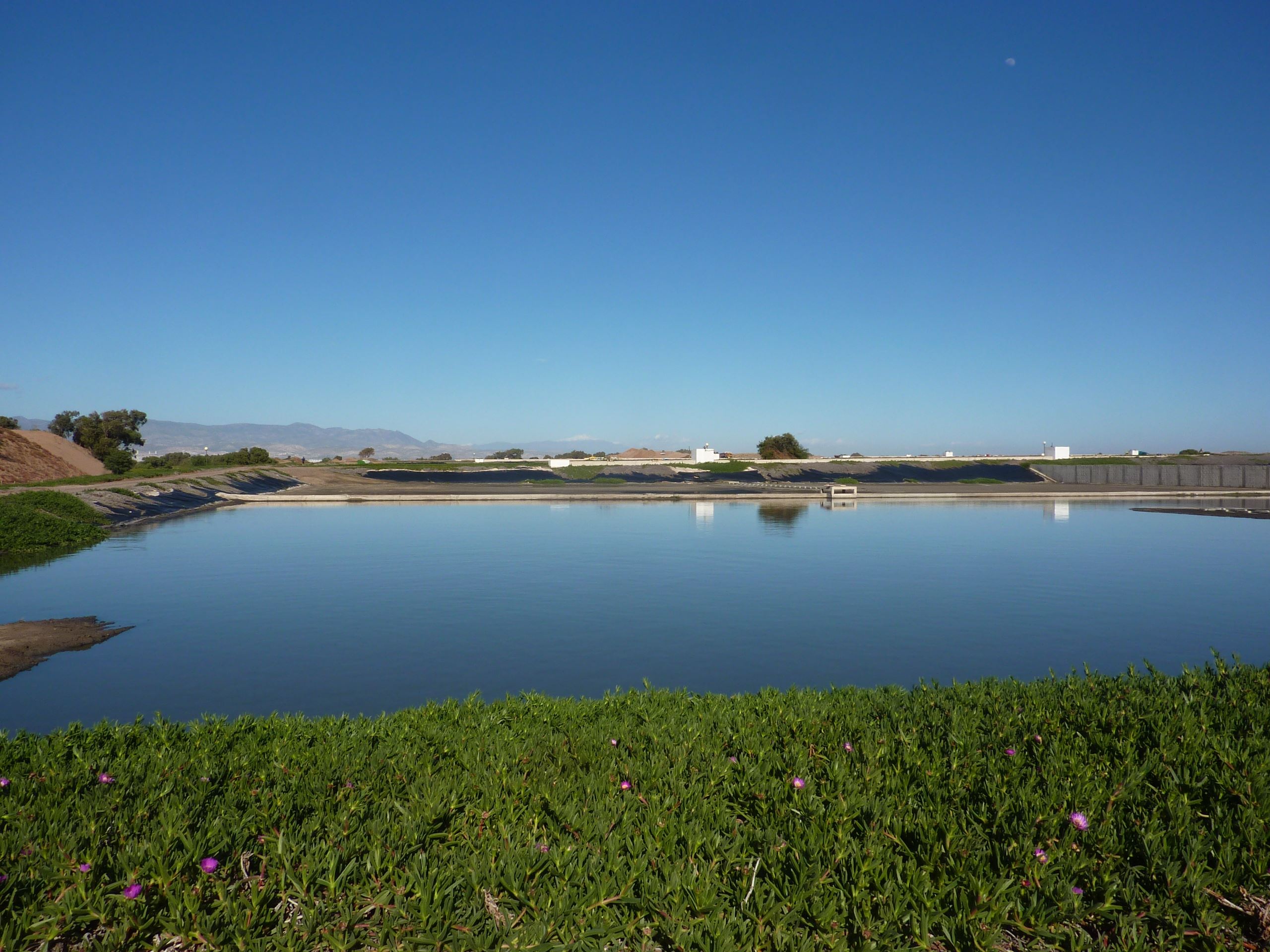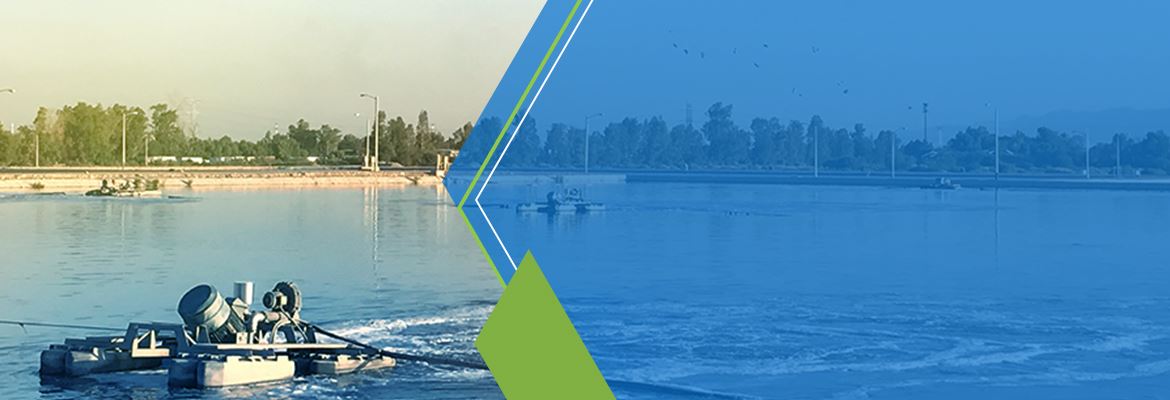Waste Stabilization Systems
Waste stabilization systems comprise a single series of anaerobic, facultative and maturation ponds, or several 125 such series in parallel. Anaerobic and facultative ponds are designed for removal of biochemical oxygen demand (BOD) and maturation ponds for pathogen removal. How-ever, some BOD removal also occurs in maturation ponds and some pathogen removal in anaerobic and facultative ponds. Anaerobic and facultative ponds only are re-quired when the treated wastewater is to be used for restricted crop irrigation and fish pond fertilization, and a relatively weak wastewater (up to 150 mg BOD/l) is to be treated prior to surface water discharge. Maturation 135 ponds are required only when the treated wastewater is to be used for unrestricted irrigation and when stronger wastewaters (BOD > 150 mg/l) are to be treated prior to surface water discharge
-
Suspended solids reduction is somewhat low due to possible overflow of algae.
-
Coliform reduction can be up to 6 units.
-
Total Nitrogen removal between 70-90%.
-
Can reliably produce high quality effluent with low BOD, SS, Faecal coliform and high D.O.levels
-
BOD reduction of the order of 90% or so..
-
Total Phosphorus removal .
-
Between 30-45%.
-
Detention time: 6 to 8 days.

Conclusion
The waste stabilization pond system is assessed to achieve high removal efficiencies of wastewater contaminants. The ponds demonstrate high reduction of the physicochemical, microbiological and heavy metal contaminants levels of the wastewater. With rainfall throughout the year, the contaminant removal efficiencies are not expected to vary significantly during the year. The waste stabilization pond system is appropriate for treating wastewater and produces effluents that meet the recommended microbiological and chemical quality guidelines at low cost and minimal operational and maintenance requirements. The wastewater treatment system is effective and complies with standard wastewater management practices. The quality of the final pond effluent is not anticipated to have adverse effects on the environment when discharged into nearby surface water sources. The waste stabilization pond system provides a useful method of wastewater treatment










